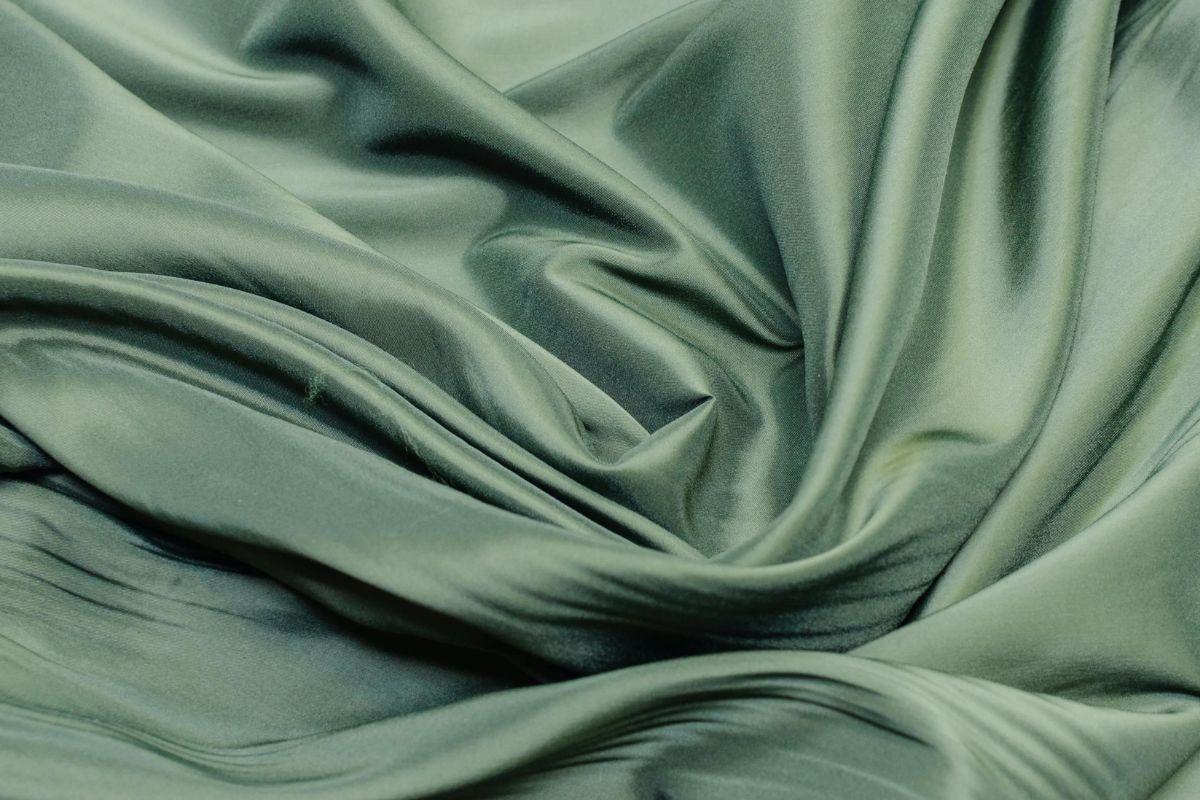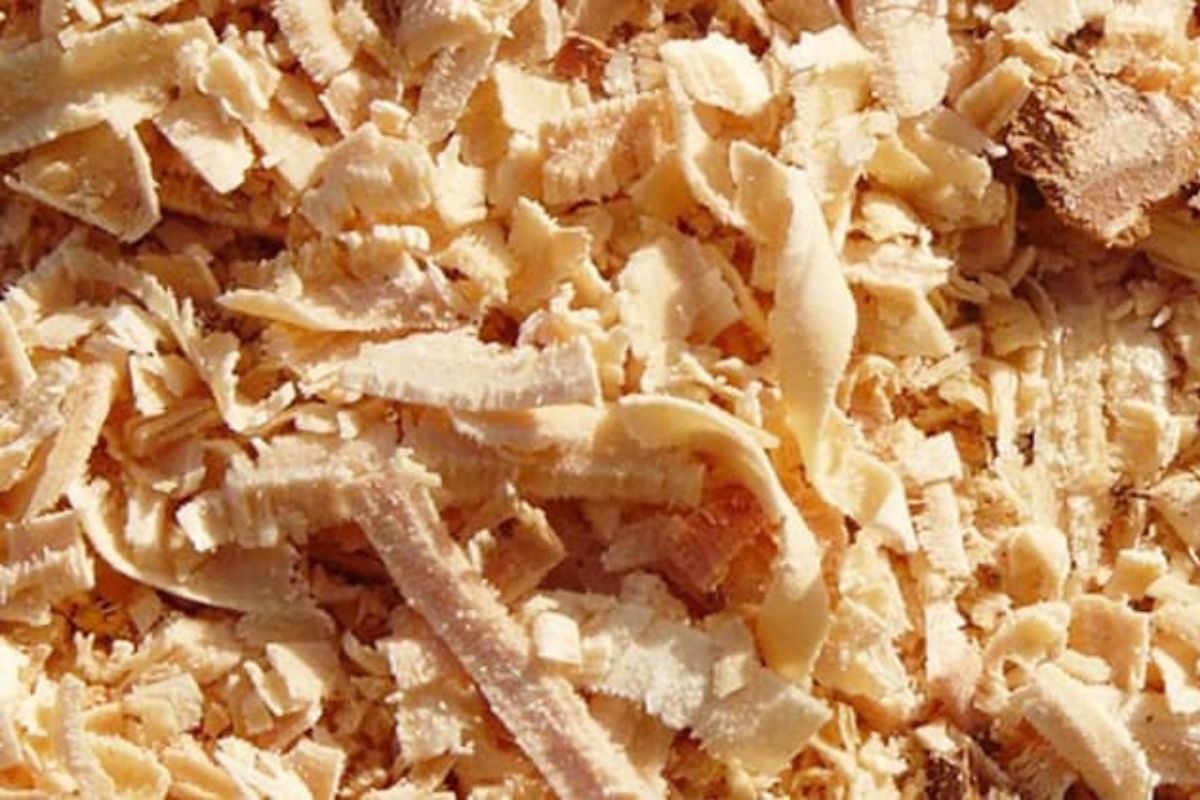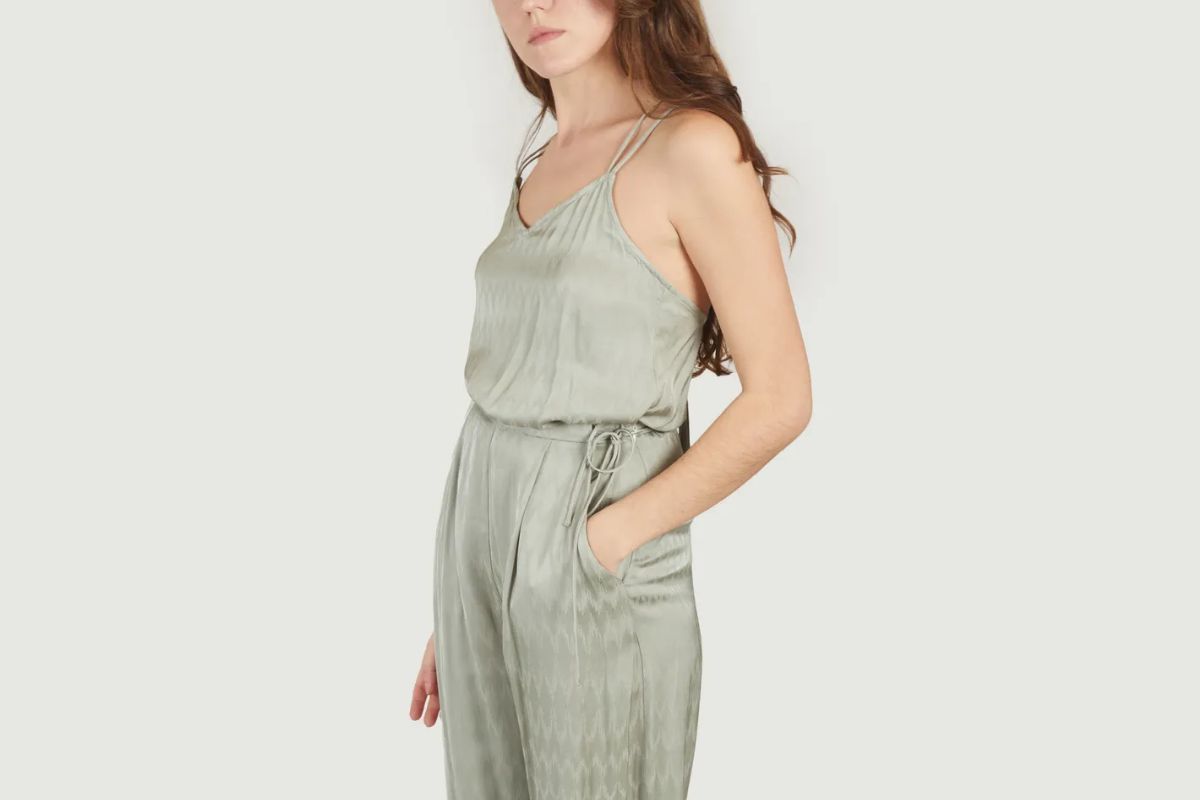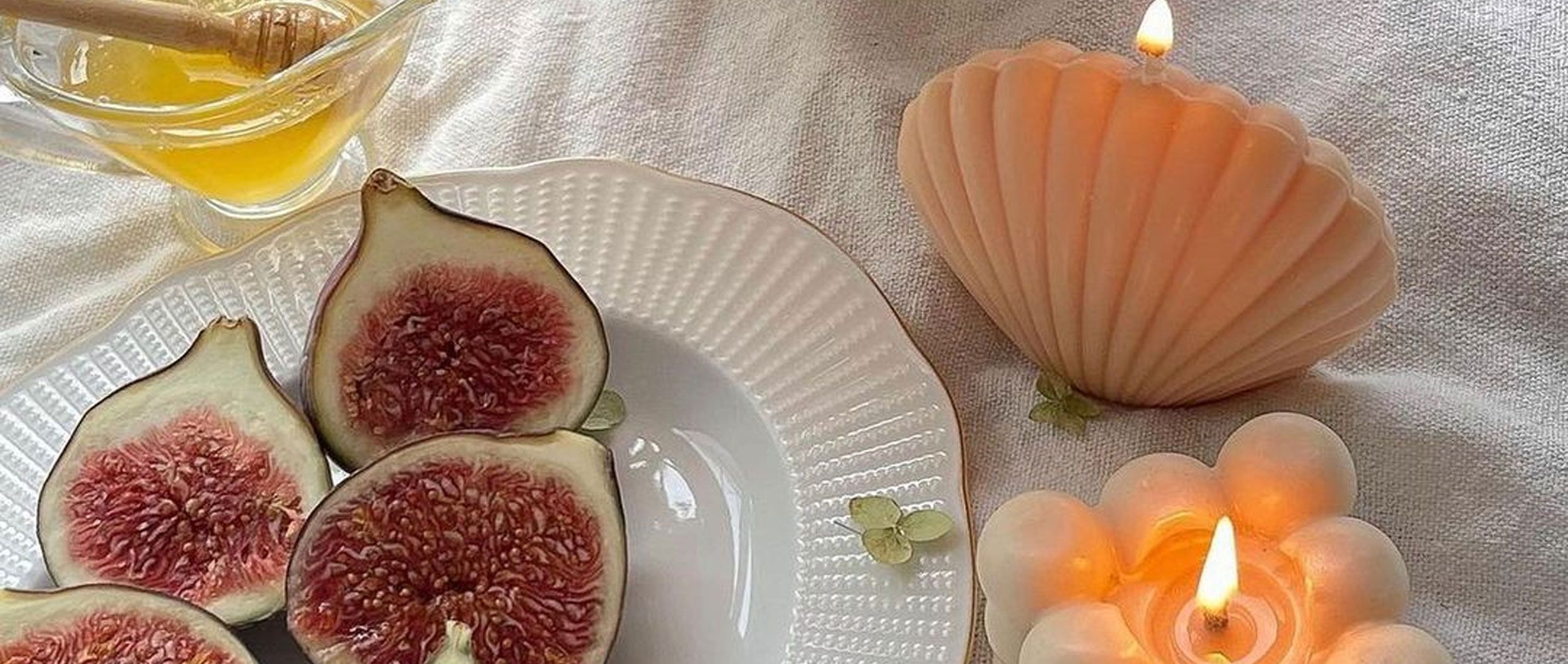What is viscose?
Viscose (VC), created from 1883 onwards, also known as "artificial silk" and then "rayon", is an artificial fiber produced from the cellulose of wood or other plant matter. This fiber is neither natural nor synthetic, but artificial; it is natural but chemically transformed. It is considered an artificial alternative to natural silk because of its sheen and softness. Viscose is commonly used in garment manufacture because of its low price, lightness and robustness.

Which countries produce and export viscose?
An estimated 99 million tonnes of wood pulp are used worldwide each year to produce viscose. Several countries are involved in producing this fiber on a global scale. In first place is China, followed by India, Indonesia and Brazil. Other countries such as the USA, the UK, Pakistan, Bangladesh and some European countries also have viscose production plants, although their output is relatively more limited.
How is viscose made?
Viscose is made from cellulose, which can come from a variety of plant sources. Historically, viscose was mainly produced from wood pulp. However, other cellulose-rich plant materials, such as bamboo, eucalyptus and cotton, can also be used.
The viscose production process involves the conversion of cellulose into a pulp, which is then converted into man-made fibers. This is usually done by a chemical process known as the "viscose process". Wood or other plant materials are chemically treated to extract the plant cellulose from the natural fibers. They are dissolved in a chemical solvent to form a viscous solution. This solution is then extruded through spinnerets to form continuous threads which are then solidified and treated to obtain viscose fiber.

Is viscose compatible with ethical and responsible fashion?
The compatibility of viscose with eco-responsible and ethical fashion depends on several factors, including how it is produced and how the environmental and social impacts associated with its manufacture are managed.
Advantages of viscose
- Viscose has many qualities, it's a very smooth fiber, light, soft, comfortable, versatile, inexpensive.
- Viscose is more environmentally friendly than polyester (a man-made synthetic fiber). Viscose comes from a natural source, then chemically transformed.
Disadvantages of viscose
- Viscose is not an absorbent fabric, so garments are not suitable for winter or sports.
- Chemical conversion to transform wood pulp is polluting, the process uses chemicals such as caustic soda, ammonia, acetone and sulfuric acid. Liquid waste is often discharged into the environment, polluting rivers and ecosystems.
- Viscose production uses a lot of natural resources, requiring large quantities of water and natural fibers: for 400 g of regenerated viscose fiber, 1 kg of natural fiber is needed.
- Wood cellulose is made from trees that are massively cut down, leading to deforestation.
- Viscose is mainly produced in countries where working conditions and regulations are less developed than in the West, and factory workers are confronted with a daily chemical environment that can be harmful to health.
- The chemical inputs used end up in the viscose fiber, then on the garment which will be in direct contact with the consumer's skin.
What are the alternatives?
- A viscose can be more environmentally friendly if the wood pulp comes from forests certified PEFC - FSE or FSC (Forest Stewardship Council) or Canopy Style, which certifies that the source of plant material is respectful of the environment and human working conditions. Tencel (or lyocell) is also a cellulose fiber, but its manufacture is more environmentally friendly than viscose. Cupro is also a greener alternative to viscose.
- Choose viscose garments bearing the GOTS (Global Organic Textile Standard) label, a worldwide standard for organic fibers that includes strict ecological and social criteria.
- Viscose can still improve its manufacturing process and waste management to become sustainable. Some producers are committed to improving viscose manufacturing processes to make them more virtuous. It's essential to be vigilant and look for brands and products that match your values in terms of sustainability and ethics.
- In the meantime, you can opt for second-hand clothing to help slow down the frenetic production of raw material.

How to care for viscose?
Caring for viscose requires certain precautions due to the delicate nature of this fiber. Here are a few tips for caring for viscose garments. When washing, don't wash at over 30°C, to avoid shrinkage. Dry naturally on a hanger or flat. Iron inside out at low temperature. It's important to note that viscose can crease easily, so we recommend hanging or folding it carefully to avoid excessive wrinkling when not worn.
Discover our selection of women's viscose garments at l'Exception
Discover our selection of men's viscose garments at l'Exception





